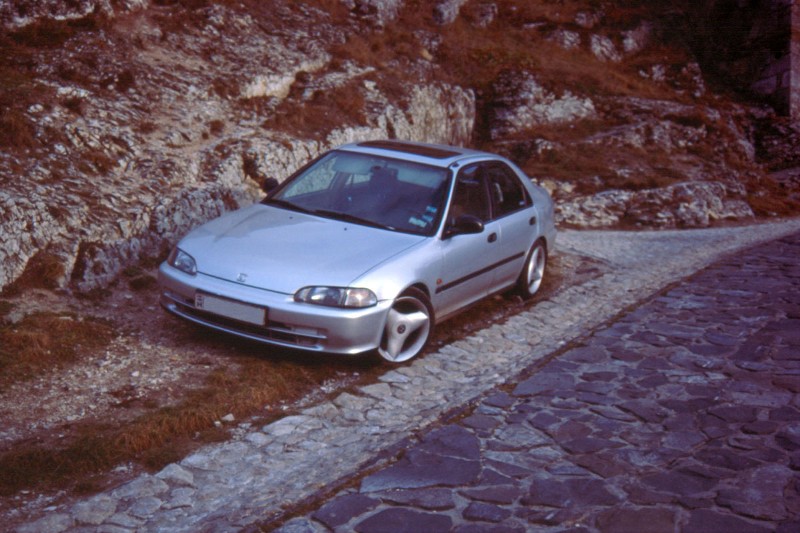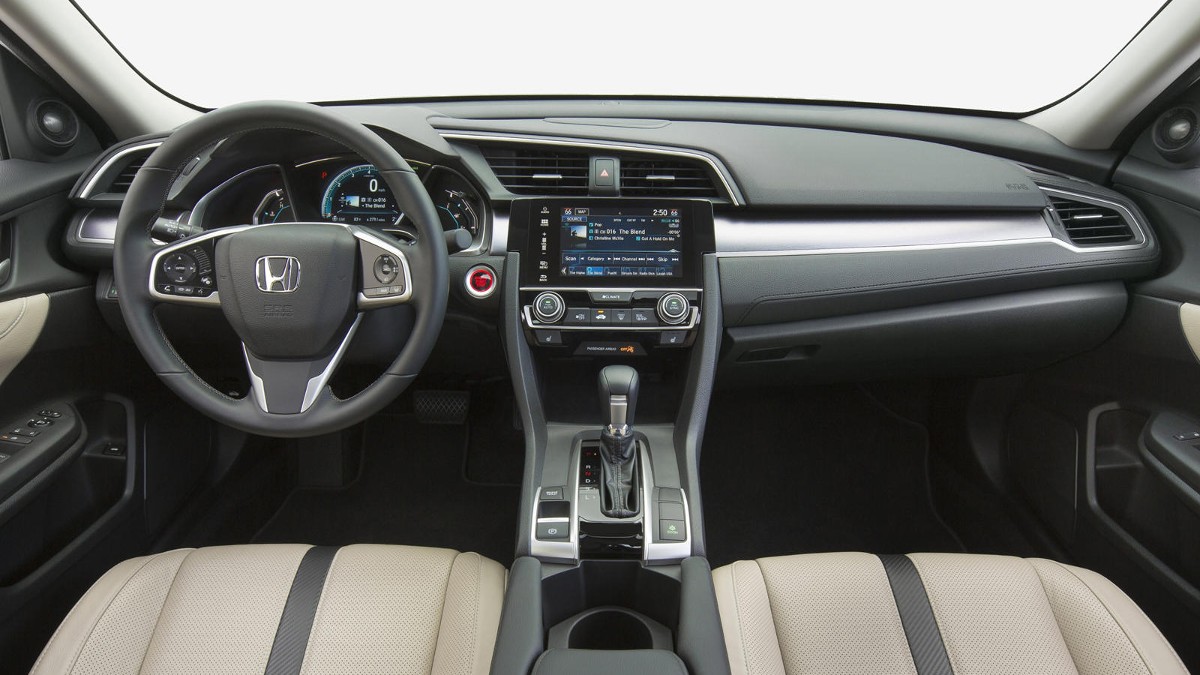Unless you are a ‘pure car enthusiast,’ chances are you prefer an automatic transmission car to a manual one. After all, it’s easy to drive or learn how to drive with an automatic car. But are you taking advantage of the functions and gears of your automatic wheeler? Some automatic cars, such as those in the Honda Civic range, have a D3 gear. What does the D3 gear mean, and how does it differ from the D gear found in most cars? We answer these questions below.
D3 gear limits the transmission to only three forward gears in contrast to D gear, that engages all forward gears. By using only three forward gears, D3 has some unique benefits that will be discussed below.
You’ll be missing out on some of the benefits of D3 gear if your car has it, but you don’t know when to use it. Remember to consult the owner’s manual for information about your vehicle’s transmission and how to use it. For those that have Honda Civic or any other vehicle that has D3 Gear, continue reading to learn about how to use D3.
The Gears In An Automatic Car
It’s common knowledge that automatic cars have only four gears – P (Park), R (Reverse), N (Neutral), and D (Drive). These gears function exactly as their name suggests, and the only gear that’s the same in both a manual transmission and automatic transmission vehicle is the R (reverse) gear.
Some automatic cars gave a series of numbers after the “D” gear. These numbers are manual gear settings for the forward gear operation, and depending on your car model, there could be D1, D2, D3, and D4 gear positions. These gears are useful in different circumstances. For example, the D1 gear comes in handy when navigating difficult terrains like sand or mud. The D2 is useful for hill climbing, starting on slippery roads, or applying braking on downhill grades.
D Vs D3 Gear – What’s The Difference?
The D gear is the typical gear for normal driving, and it engages at the forward gears depending on the current load or stress conditions. So if your car has five forward gear selection, the D gear will engage all five forward gears depending on the current conditions, and this is part of what makes driving an automatic vehicle easier than a manual one.
Some vehicles have up to six or even eight forward gears, and drivers just have to engage the D gear when they want to be on the move, and the D gear will engage all gears, as discussed above.
D3 is a form of D, but instead of engaging all the forward gears, D3 limits the transmission to only three forward gears. And as far as the D3 is engaged, the transmission will not go beyond three forward gears regardless of the current conditions. D3 is usually found in Honda Civic, which is a series of vehicles manufactured by Honda since 1972.
D3 has several benefits, and knowing when to use the gear is important to maximally benefit from it. If you are going down a hilly road, engaging the D3 gear will noticeably slow down your automobile allowing you to apply brakes efficiently without the risk of overheating the brakes. More information about D3 gears is below.
The Unique Benefits Of D3 Gear
As mentioned earlier, D3 has a number of unique benefits that owners of cars that have D3 will do well to take advantage of in the right situations. Below are some of the unique benefits of D3 gear:

Going Downhill
When driving down a hill or slope, a sure way to drive is to downshift, which means switching to a lower gear. This is a technique that truck drivers commonly use to reduce the pressure on the braking system (they usually have a heavy load), as consistently applying the brake can make them overheat. For automatic drivers with D3, all they need to do is apply the D3 gear to reduce the pressure on the brakes, especially if the car has a heavy load.
Going Downhill Or In The Snow
Another scenario where D3 shines. Driving in the snow or uphill usually requires the transmission to shift between different gears. But when you limit the transmission to the first three gears, you are bound to have a smoother ride uphill or in the snow and avoid getting stuck.
Hauling Load
If you are towing another vehicle, you’ll benefit from applying the D3 gear if your vehicle has it. As you already know, towing a vehicle requires you to control your speed, and this may mean frequent applications of brakes. But when you apply brakes frequently, they are more likely to deteriorate. By applying D3, your speed is limited to the third gear, and you will have more control over your speed without constantly applying the brakes.
City Driving
While D is ideal for highway driving, D3 is more suitable for city driving since the speed limit is usually less than 30km/h. Driving at lower speeds and applying D3 will result in better control of your speed which is important in cities as you may need to slow down several times.
Overall, D3 results in quicker throttle response by limiting transmission to three gears. Engine RPM increases as well, and you’ll notice the vehicle accelerating faster when you step on the gas pedal.
Engine braking is better with D3, and you won’t need to apply the brake pedal as often. And you get more control over your vehicle.
Disadvantages Of D3 Gear
In truth, the D3 gear doesn’t have any disadvantage in the sense that it is designed for particular situations. If you apply D3 in those situations, you are good to go. If not, you may experience the following issues.
High RPM Can Cause Unnecessary Wear
D3 increases the RPM of your engine and, as such, should only be used when needed. But when you drive around in D3, the high RPM can increase the wear and tear of your engine, resulting in expensive repairs. Doesn’t sound appealing, does it?
Increased Fuel Consumption
Since D3 increases the RPM of your vehicle, there will also be a corresponding increase in fuel consumption. So in normal driving situations, apply the D gear instead of the D3.

